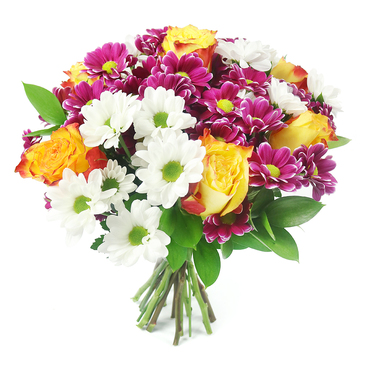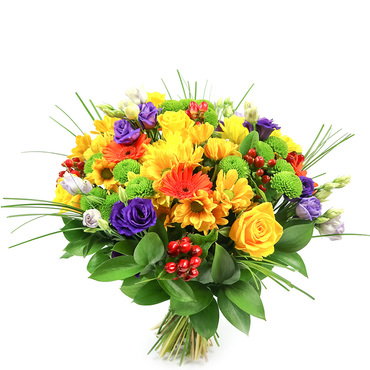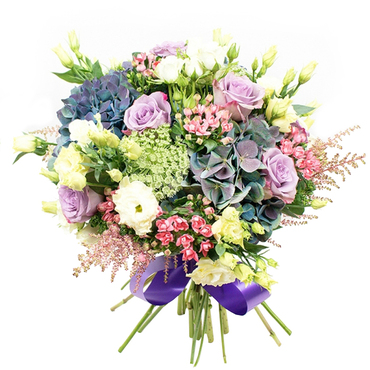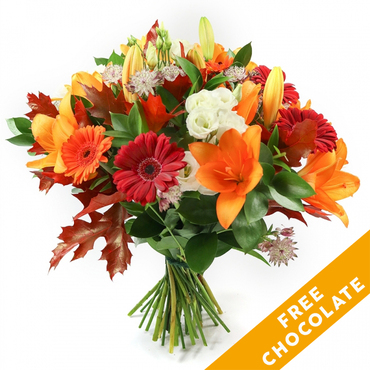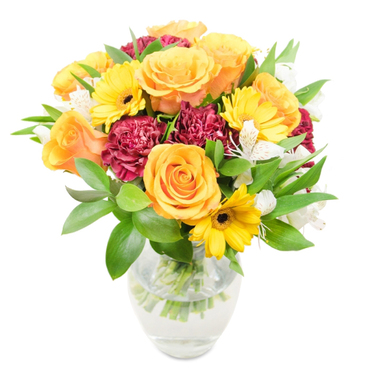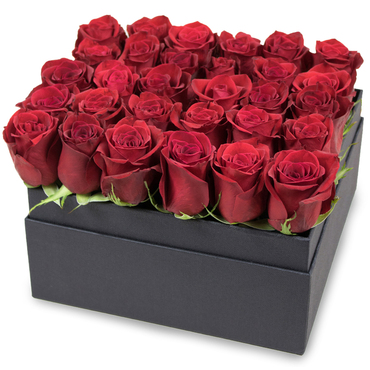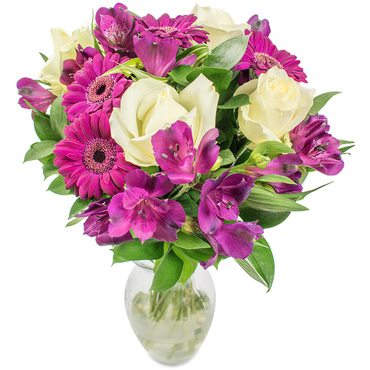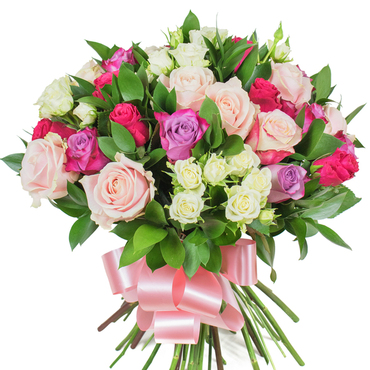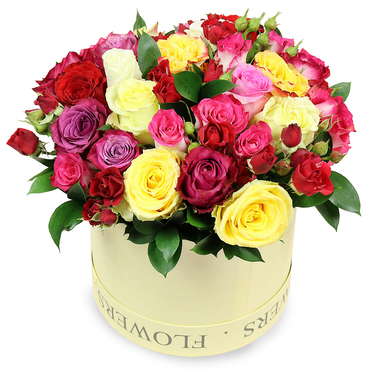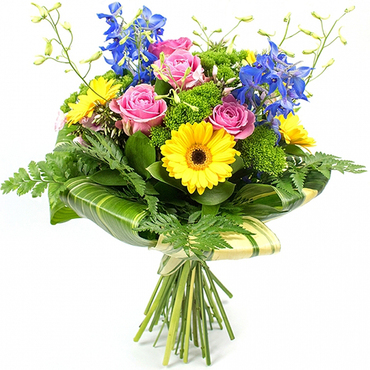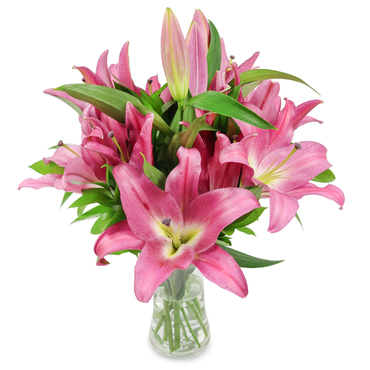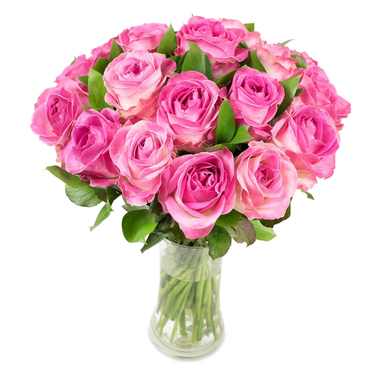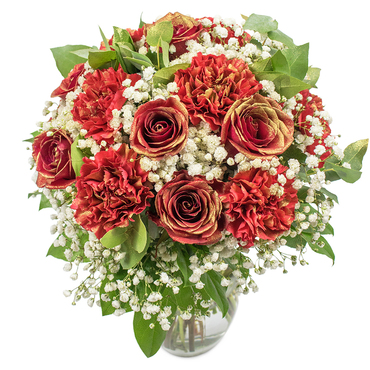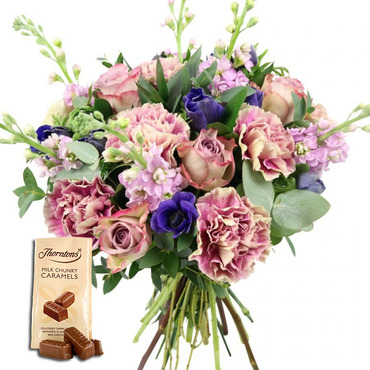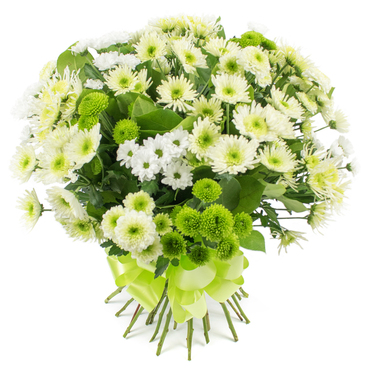Maintaining Healthy Hyacinths
Posted on 14/01/2025
Hyacinths are beloved for their vibrant colors and delightful fragrance, making them a popular choice for gardens and indoor decor. However, ensuring they remain healthy and beautiful requires some specific care routines. This article will guide you through the essential steps for maintaining healthy hyacinths.
Planting Hyacinths
The first step in maintaining healthy hyacinths is proper planting. Ensure you plant your bulbs in well-drained soil to prevent them from rotting. The optimal time for planting hyacinths is in the fall, about six to eight weeks before the first frost. Plant the bulbs approximately six inches deep and space them about three inches apart.

Watering Hyacinths
Hyacinths require moderate watering. Overwatering can lead to bulb rot, while underwatering can prevent the plant from developing properly. Water the plants when the top inch of soil feels dry. Ensure the soil is consistently moist but not soggy, especially during the growing season.
Fertilizing Hyacinths
To maintain healthy hyacinths, fertilizing is crucial. Use a balanced, slow-release fertilizer when planting the bulbs. As the plant grows, you can add a phosphorus-rich fertilizer to encourage strong root development and vibrant blooms. Avoid over-fertilizing, as it can cause more harm than good.
Pruning and Deadheading
After blooming, remove spent flowers (deadheading) to direct energy back to the bulb for future growth. However, leave the leaves intact until they turn yellow and fall off naturally. The leaves are essential for photosynthesis, helping the plant store energy for the next blooming season.
Dealing with Pests and Diseases
Maintaining healthy hyacinths includes monitoring and addressing pests and diseases. Common pests include aphids and spider mites, which can be managed with insecticidal soap or neem oil. Prevent diseases like botrytis blight by ensuring good air circulation and avoiding overhead watering.
Winter Care
In colder climates, mulching can help protect hyacinth bulbs during winter. Apply a layer of mulch after the first frost to insulate the soil. In warmer climates, hyacinths might not need extra winter protection, but make sure to maintain soil moisture.
Growing Hyacinths Indoors
Hyacinths can also be grown indoors using the forcing technique. Use a shallow pot with drainage holes, and plant the bulbs with the pointed end up. Keep the pot in a cool, dark place for about 10-12 weeks to encourage root development. Once shoots appear, gradually move the pot to a sunnier location.
Tips for Maintaining Healthy Hyacinths
- Choose healthy, firm bulbs for planting.
- Ensure good soil drainage to prevent bulb rot.
- Water moderately and avoid soggy soil.
- Use balanced, slow-release fertilizers.
- Prune spent flowers but leave the leaves until they yellow.
- Monitor and address pests and diseases promptly.
Pros and Cons of Growing Hyacinths
Pros:
- Beautiful, vibrant blooms.
- Strong, pleasant fragrance.
- Can be grown both outdoors and indoors.
- Relatively low-maintenance once established.
Cons:
- Bulbs can be prone to rot with poor drainage.
- Requires specific planting and watering routines.
- Can attract pests and diseases if not monitored.

Takeaways
Maintaining healthy hyacinths involves proper planting, watering, fertilizing, and pruning. Monitoring for pests and diseases is essential, as is providing winter protection when necessary. With these steps, you can enjoy vibrant, fragrant hyacinths in your garden or home.
Conclusion
Hyacinths, with their stunning blooms and pleasant fragrance, can be a delightful addition to any garden or indoor space. By following the guidelines for planting, watering, fertilizing, and caring for your hyacinths, you can ensure they remain healthy and vibrant for years to come. Despite some potential challenges, the rewards of growing hyacinths far outweigh the cons, making them a worthy effort for any gardening enthusiast.





